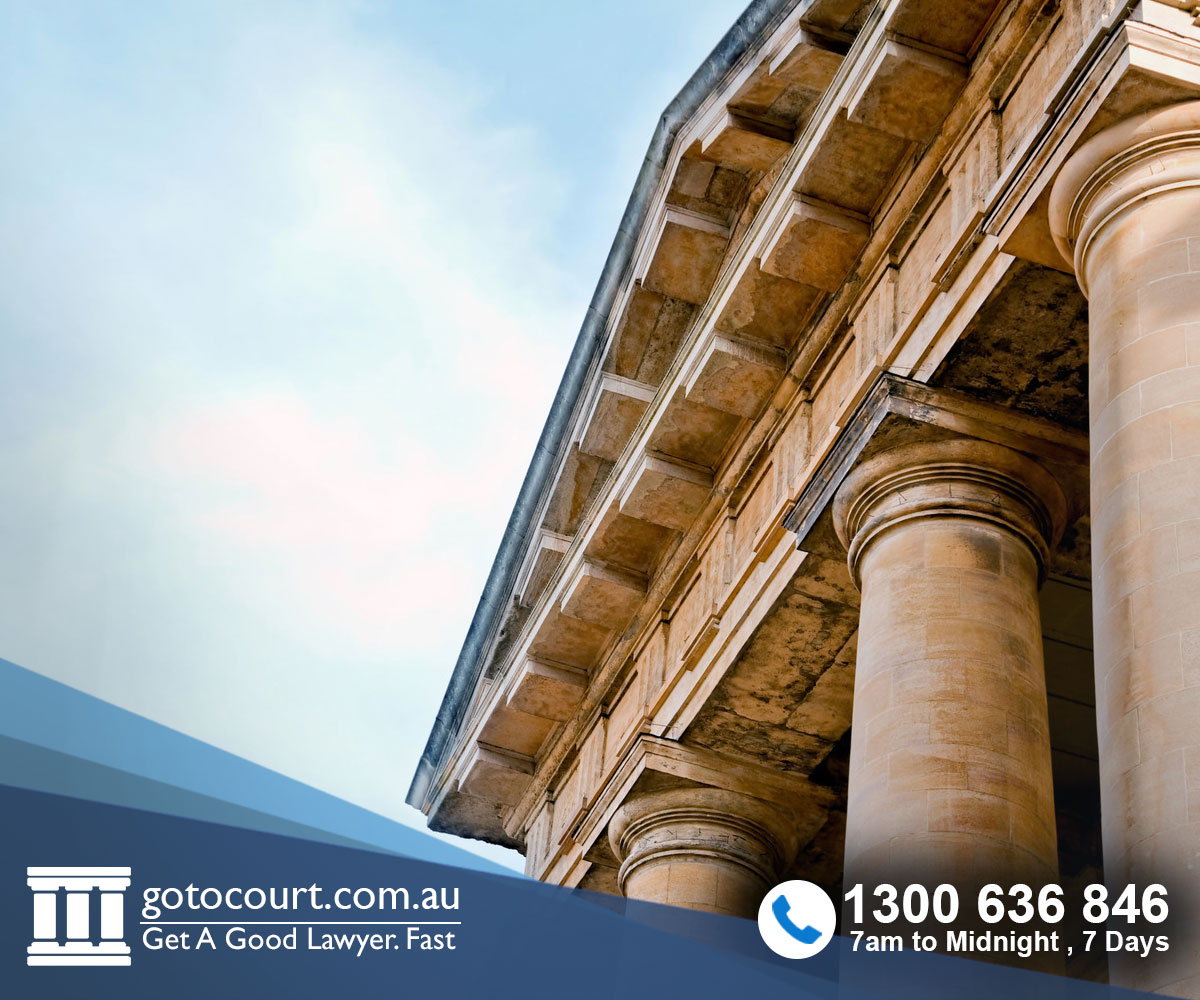Removing a Trustee in New South Wales | Civil Lawyers NSW
The rules governing trusts and trustees are set out in the Trustee Act 1925. A trust is a legal arrangement in which the trustee holds property for the benefit of the beneficiaries on certain terms and conditions. Because of the trust, the trustee has the legal interest in the trust properties and the beneficiaries have the equitable interest. This page deals with trusts in New South Wales.
Types of trusts
There are a number of different types of trust. The most common types are:
- discretionary trusts
- bare trusts
- testamentary trusts
- unit trusts, and
- superannuation funds.
Trustee rights and obligations
The rights and obligations of a trustee to the trust apply no matter what form of trust it is. The trustee also has a wide range of duties to perform under the trust. These include:
- the duty to properly carry out the terms of the trust
- a duty of care in the management of the trust affairs
- the duty to administer the trust affairs impartially, and
- the duty to perform the duties under the trust honestly and in good faith and for the benefit of all of the beneficiaries of the trust.
Removing a trustee
With respect to removing a trustee in New South Wales, the process for doing this is fairly similar throughout all of the states of Australia. When seeking to remove a trustee, the first thing to check is the trust instrument itself. The trust instrument may give the beneficiaries specific powers to remove a trustee. If the trust has an appointor, the appointor can remove the trustee and appoint another. However, if a beneficiary is unable to remove the trustee under an express power in the trust or the Trustee Act, the court may be able to do so.
Statutory power to remove a trustee
If a trustee no longer wishes to act, they can be removed by resigning as trustee of the trust by giving the required notice. However, in some cases that resignation may not be effective until a new trustee has been appointed.
A new trustee may also be appointed by registered deed to replace a trustee who wants to be removed or who has died, or who has moved out of the state for a defined period of time without delegating their obligations under the trust. It can also be used where the appointed trustee is a minor or where the trustee has refused, or is incapable or unfit to continue to act.
Court powers to remove a trustee
The Supreme Court of New South Wales has the authority to appoint a new trustee in substitution of another trustee using both the powers under the relevant trustee laws and under its inherent jurisdiction. In New South Wales, those powers are set out in the Trustee Act.
The Act also gives the court the right to intervene and appoint a new trustee when it is beneficial to do so but it is not expedient, or would be difficult or impracticable to do so without the assistance of the court. This can include circumstances where an existing trustee has been convicted of a serious indictable offence or is a bankrupt. If the trustee is a corporation it includes circumstances where the trustee corporation has been dissolved or is in liquidation.
The Supreme Court administers the rules of equity and also has the inherent authority for removing a trustee in New South Wales. The considerations for doing so are a little broader than those under the Trustee Act. The court can order the removal of a trustee if it is in the interests of the beneficiaries to do so, or to secure the trust property and ensure the efficient running of the trust.
If the trustee has engaged in some form of misconduct or has failed to perform their duties under the trust, or has exercised powers in a manner unfair or prejudicial to all or some of the beneficiaries, then that is also a good basis to seek their removal. The court’s judgment in dealing with these matters is largely discretionary.
The power to remove is a protective power to protect the beneficiaries and the trust assets. It is not a punitive power. This means that the power is not used to punish the trustee for their past behaviour. The removal power can also be used when the trustee has not actually done anything wrong and in instances where there is conflict between two or more trustees.
If you require legal advice or representation in any legal matter, please contact Go To Court Lawyers.







